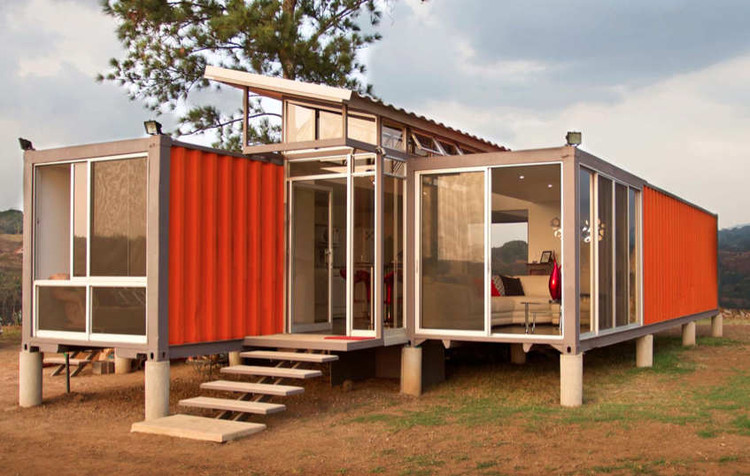
As part of their series of "Panorama" exhibits being presented this year, Friends Of The High Line have announced that they will host Olafur Eliasson's installation, "The Collectivity Project" from May 29th until September 30th this year on the High Line at West 30th Street. The installation, which has previously traveled to Tirana, Oslo, and Copenhagen, features an interactive imaginary cityscape made of over two tons of white LEGO bricks, with visitors invited to design, build and rebuild new structures as they see fit.
In a twist to the installation's usual presentation, High Line Art has invited high-profile architects who are working in the vicinity of the High Line to contribute one "visionary" LEGO design for the installation's opening, with BIG, David M. Schwarz Architects, Diller Scofidio + Renfro, James Corner Field Operations, OMA New York, Renzo Piano Building Workshop, Robert A.M. Stern Architects, Selldorf Architects, SHoP, and Steven Holl Architects all contributing one building which the public will then be able to adapt, extend or work around.














































